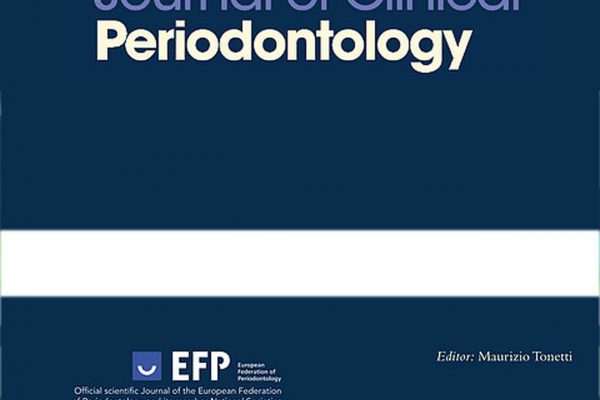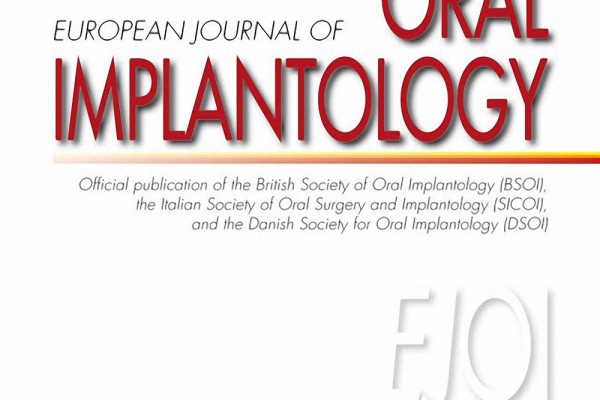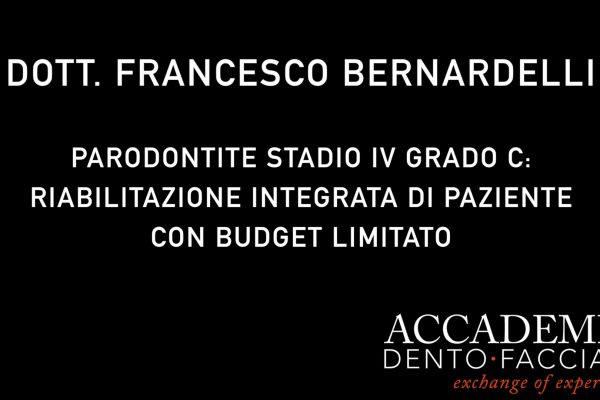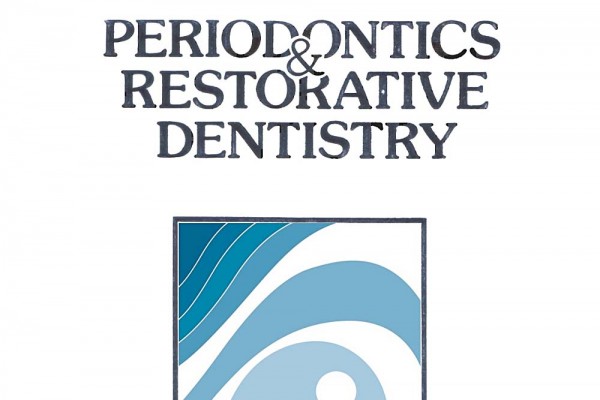A minimally invasive technique for lateral maxillary sinus floor elevation: a Bayesian network study.
Clinica Merli, Rimini, Italy; INDENT, Rimini, Italy; Politecnico delle Marche, Ancona, Italy.
Abstract
OBJECTIVES:
To describe a minimally invasive technique for lateral maxillary sinus elevation and to identify the relationship between the involved factors.
MATERIALS AND METHODS:
This is a retrospective study on patients treated with an original minimally invasive technique for lateral maxillary sinus elevation in a private dental clinic from 2008 to 2013. Failures, complications, and radiographic measurements were registered 9 months after surgery at the provisional prosthesis delivery. The relationship between demographic and clinical factors was investigated using Bayesian network analyses.
RESULTS:
One hundred and twenty-four patients (147 maxillary sinuses) were treated, and 242 implants were placed. Seven patients dropped out. A total of two implants in two patients failed. Perforation of the sinus membrane occurred in seven patients (6%). Five different complications in five patients were observed. Mean peri-implant marginal bone level 9 months after surgery was 1.10 ± 0.74 mm. Mean vertical bone gain was 7.44 ± 1.95 mm. Perforation was more frequently observed in patients that did not undergo the sedation procedure. Complications (excluding perforation and including implant failure) were more frequent in cases where only bone substitutes were used.
CONCLUSIONS:
This technique can be considered noninvasive, with a low early failure and early complication rate.
© 2014 John Wiley & Sons A/S. Published by John Wiley & Sons Ltd.
KEYWORDS:
Bayesian networks; bone substitutes; bone transplantation; dental implant; oral surgical procedures; sinus floor augmentation
- PMID: 25382821





